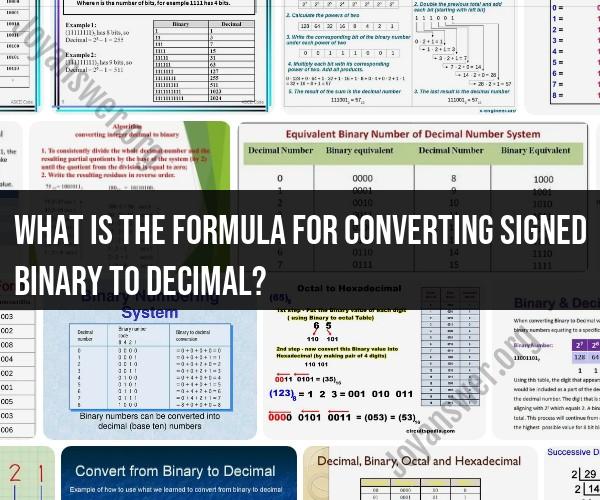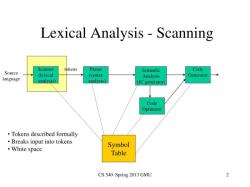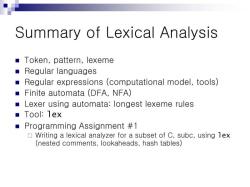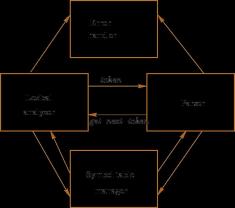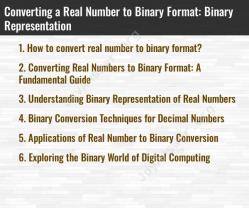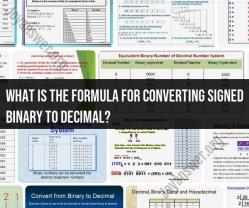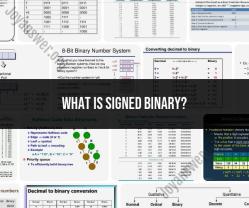What is the formula for converting signed binary to decimal?
Converting signed binary numbers to decimal involves interpreting the sign bit (the leftmost bit) and the magnitude (the remaining bits) to determine the decimal equivalent. The formula for converting signed binary to decimal depends on whether the sign bit is 0 (indicating a positive number) or 1 (indicating a negative number).
Positive Numbers (Sign bit = 0):
To convert a positive signed binary number to decimal, you can use the standard binary-to-decimal conversion method. Each bit in the magnitude represents a power of 2, starting from 2^0 (1) for the rightmost bit and increasing by 1 for each bit to the left.
The formula for converting a positive signed binary number to decimal is:
Decimal Value = Magnitude_bit_n * 2^n + Magnitude_bit_(n-1) * 2^(n-1) + ... + Magnitude_bit_1 * 2^1 + Magnitude_bit_0 * 2^0
Here, "Magnitude_bit_n" represents the value of the nth bit in the magnitude, with n being the position of the bit from right to left.
Negative Numbers (Sign bit = 1):
To convert a negative signed binary number to decimal, you need to first find the two's complement of the magnitude. This involves inverting all the bits (changing 0s to 1s and 1s to 0s) and then adding 1 to the result. After finding the two's complement, you can convert it to decimal using the same formula as for positive numbers.
So, the formula for converting a negative signed binary number to decimal is:
Decimal Value = - (Magnitude_bit_n * 2^n + Magnitude_bit_(n-1) * 2^(n-1) + ... + Magnitude_bit_1 * 2^1 + Magnitude_bit_0 * 2^0)
Here, "Magnitude_bit_n" represents the value of the nth bit in the magnitude after taking the two's complement.
Keep in mind that the number of bits in the binary representation and the position of the sign bit can vary depending on the specific signed binary encoding used. It's essential to correctly interpret the sign bit and magnitude to ensure an accurate conversion to decimal.
